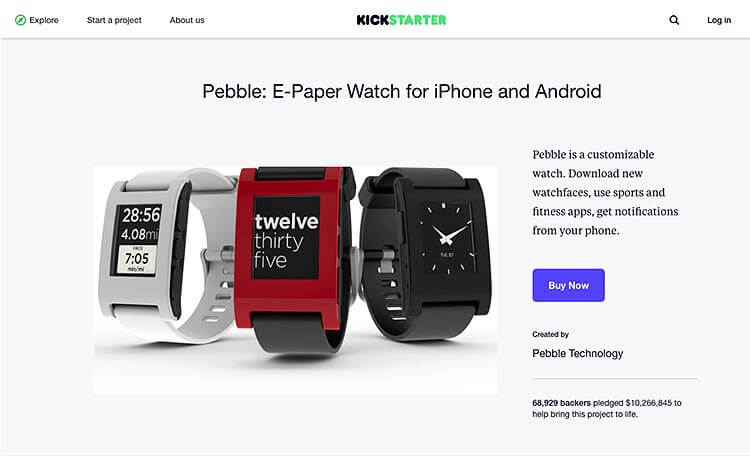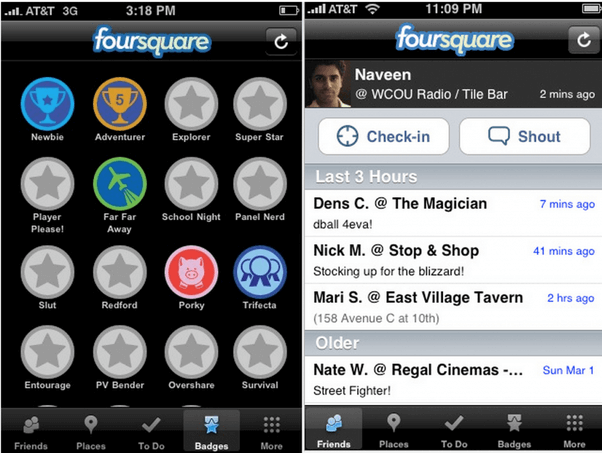Introducing Productboard Pulse. Exec-level insights into what your customers need, powered by AI.
Learn moreIn the tech world, change is the only constant. The success of your company depends on how fast you adapt to the needs of the marketplace and the growing competitive landscape. Your organization needs to continually innovate to keep up with customer expectations and stay relevant. This means delivering new and improved products much faster. A streamlined product development process that facilitates short development cycles will help your company stay ahead of the curve and satisfy customer needs with great new products and features.
The product development process is the entire process for taking a new product from an idea to market. The steps in product development include identifying new demands and opportunities in the marketplace, conceptualizing a solution, outlining the long-term product plan, building а Minimum Viable Product, creating the design, developing the product, and mapping the marketing strategy.
There are several different models or frameworks you can adopt in your organization to effectively and efficiently build new products. Some of the popular models include the new product development (NPD) process, the IDEO process, the Scorecard-Markov model, the Booz, Allen, and Hamilton (BAH) model, and others. Over the last few years, the Lean Startup movement has also impacted how companies develop tech products in times of uncertainty.
Below we’ll delve into some of these models.
This framework has been adopted by IDEO, one of the most creative and award-winning design and consulting firms in the world. Their approach is focused on the user. IDEO believes that the key to understanding what people really want lies in observing user behavior and putting yourself in the shoes of the end-user
The process is broken down into the following steps:
This is the typical approach used by companies building physical products, usually in retail and eCommerce. The process is not standardized, and it differs by organizational structure, industry, and maturity, but the most common steps include:
The BAH model is one of the early adopted models for new product development that companies still use today. Most of the other frameworks have been based on the foundations laid out by BAH since it was first published in 1982.
The model is broken down into seven steps:
Regardless of whether you’re mapping out a new product development process or want to improve on your current process, there are some best practices to keep in mind:
Smartwatch company Pebble (now acquired by Fitbit) demonstrated that there’s a massive opportunity in the market of wearable technology by raising over $10 million on Kickstarter. It was the most funded project in the history of the crowdfunding platform.
Once Pebble has reached its goal for pre-orders, the company worked with a consulting firm to identify suppliers and manufacturers. Less than a year later, Pebble shipped an initial production of 15,000 watches per week.

Before Foursquare became a fully-fledged city guide, the co-founders Dennis Crowley and Naveen Selvadurai built an MVP with a single feature. The first version of the app allowed you to check-in to different locations and awarded badges to gamify the user experience. The MVP was only available in 20 U.S. cities and Amsterdam. Only after the initial success of this version did they develop the fully-featured social network app.

. . .
Productboard is a product management system that enables teams to get the right products to market faster. Built on top of the Product Excellence framework, Productboard serves as the dedicated system of record for product managers and aligns everyone on the right features to build next. Access a free trial of Productboard today.
